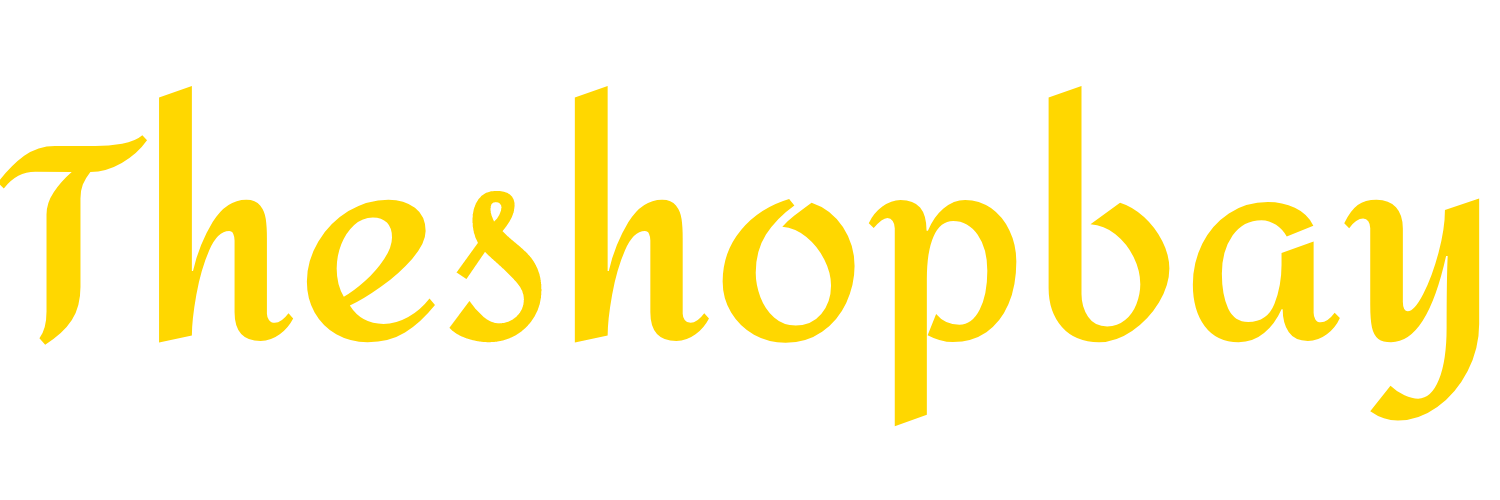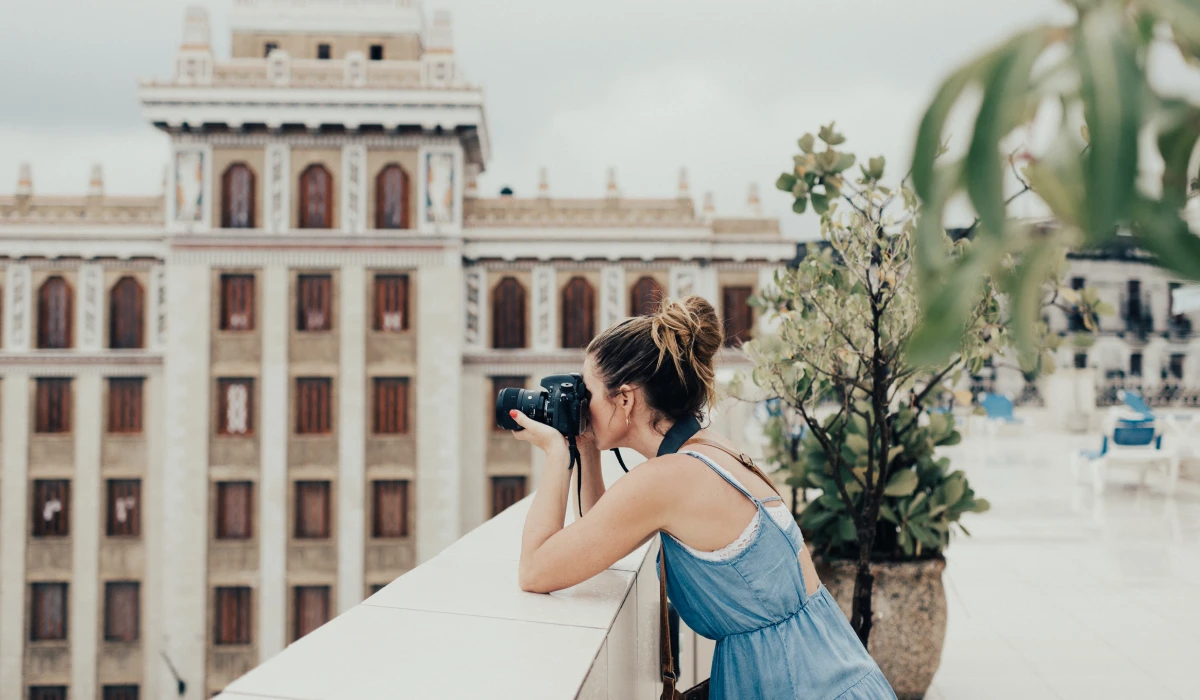Introduction
The Canon EOS R100 is a simple, compact, lightweight camera, weighing only 356g with battery and card. It has a 24.1-megapixel APS-C sensor. This budget-friendly camera has great ergonomics and is capable of shooting good-quality images.
Canon EOS R100 Key Specifications
- 24.1 Megapixel CMOS APS-C sensor
- 3″ non-articulating screen, no touchscreen with 1.04 million dots
- OLED color electronic viewfinder with approx. 2.36 million dots
- Single UHS-I card slot
- 6.5 fps Continuous shooting
- Electronic 1st / mechanical 2nd curtain
- Built-in pop flash that needs to be manually popped
- Cropped 4K/24P video
- ISO Range – 100-12800
- Weight – Approx. 309g (body only) and 356g (with card and battery)
- Dimensions (W x H x D) – Approx. 4.58 × 3.37 × 2.71 in. / 116.3 x 85.5 x 68.8mm
Canon EOS R100 – Body, Handling, and Performance
The EOS R100 has a great ergonomics. Its lightweight and compact body makes it very easy to carry the camera for a longer duration. The camera grip is small and comfortable.
There is only one command dial which means that you will have to use the toggle button to operate aperture, shutter, and exposure compensation controls. You basically need to select the control you want to set and then use the command dial to change the settings. It is not a huge deal when using auto mode, however, while using the camera in manual mode it might take some time to change the camera settings based on the photo you are capturing.
The camera has a classic hot shoe, and a pop-up flash that needs to be manually popped, otherwise, there is not a lot you can customize. The buttons and command dial are very straightforward.
The EOS R100 has one battery slot which uses LPE17 and one SD UHS-I card slot.
The camera has a 2.36M Dots EVF, which is great at this price point, however, the EVF available in this camera does not quite have the same specs as the other 2.36M Dots EVF cameras. For example, the EOS R100 only refreshes up to 60fps versus a 120fps in cameras like the Canon EOS R50. The magnification is not that great as well, however, what you get in this camera at this price point is actually good.
The LCD is 1.04M Dots resolution. The screen however is not articulating, which could have been included, as an articulating screen is something that we get in most cameras now. The touchscreen capability is missing as well which is sad to see, as Canon has historically done a great job elevating their cameras by including touchscreens.
Certain limitations in the camera make it pretty clear that Canon is trying to market this to smartphone enthusiast photographers and help them upgrade to larger lenses. Canon has just gone very basic with the R100 to make it an affordable camera.
Autofocus and Photography Performance of the Canon EOS R100
The Canon R100 has an option in the menu to go to spot AF, one point AF, or a zone. The command dial can be used to move the AF to scroll the focus all the way through your screen. This functionality does seem to be a little slow and feels like using an old camera style.
The camera also has a face and eye detection mode which is nice to have at this price point. This is the only tracking capability the camera has, as there is no other subject detection. However, the face and eye detection do a great job and normally will not drift away from the subject you are focusing on.
When using continuous AF, you get 3fps and just over 6fps when using a single shot. While shooting in Jpeg, the shooting speed remains good even at 6fps. However, things change if you change the format to RAW or Jpeg + RAW, as the buffer falls to around 1.5 seconds at 6fps. What this means is that for high-speed photography like action, sports, kids playing, or wildlife photography, you will have to go with Jpeg only, as you will want a sustained rate, which is something you will not get with RAW or Jpeg + RAW. You cannot really expect long burst rates with these image formats.
The image quality you get from this camera is great, as it takes beautiful photos. It however does not have a mechanical shutter, I mean it basically uses an electronic front curtain shutter, which means that you will only be getting the mechanical part in the second stage of the exposure taking. But otherwise, the camera has really nice quiet shutter and is very stable, which is great.
The camera has 4 HDR modes which is interesting. You get the Standard HDR mode, Vivid mode, Bold mode which looks more like an oil painting, and Embossed mode. Along with that, you get some of the classic modes that you would have seen or heard before like the Grainy B/W, Soft Focus, Fish-eye, Water painting effect, Toy Camera, Miniature effect, and so on.
Video
The Canon EOS R100 has a 4K/24P recording. It however comes with limitations like a significant crop on top of the existing APS-C crop. In 4K/24P, the DPAF is also disabled. Adding to that, the focus tends to drift and kind of moves back and forth trying to detect the actual subject that should be in focus. The rolling shutter is not really great, even with the crop in this mode. That said, 4K/24P is not really suggested to be used for video, especially where the subject is continuously moving. In 4K/24P, you get an enhanced version which does a good job for mostly static video shoots.
If you want to see better video performance, switch to the 1080P recording. The 1080P will give you a wider view with more options for frame rates like 1080/30P and 1080/60P. Reducing the resolution to 1080P eliminates a lot of limitations you see in 4K recording, for example getting the DPAF back. The camera also has 720/120P recording, using which you get a nice slow-motion video.
However, compared to the Canon M50, which as we know launched almost 6 years back, things have really progressed in terms of camera technology. Nowadays, your smartphones have great features in video, especially 4k recording, which makes it a little difficult to debate if smartphone users will really want to upgrade to a larger lens camera like this.
You might actually consider looking at the Canon EOS R50 which has better video features like getting full-width 4K recording or much more reliable autofocus performance in video.
Battery Performance
The EOS R100 uses an LPE17 battery, which can take approx. 340 shots using Viewfinder and 430 shots in Live view based on CIPA standards.
The camera does not have USB charging. To charge the camera you need to pull out the battery and charge it using the external charger.
Pros and Cons
Pros
- Budget-friendly
- Compact, lightweight, and Easy to use
Cons
- No touchscreen
- Non-articulating screen
- Significant crop and DPAF disabled in 4k video
- Slow burst rate
- Lacks AF detection modes
Comparison
| Canon EOS R100 | Canon EOS R50 | Canon EOS M50 Mark II | |
| Price | $479.99 | $679.99 | $499.99 |
| Effective Pixels | 24.1 MP | 24.2 MP | 24.1 MP |
| Weight (Body Only) | 309g | 328g | 387g |
| Mechanical Shutter Mode | 12 fps (electronic 1st curtain) | 10 fps | |
| Electronic Shutter Mode | 6.5 fps | 15 fps | |
| Max. Shutter Speed | 1/4000 sec | 1/4000 sec and 1/8000 sec (electronic) | 1/4000 sec |
| EVF | 2.36 million dots | 2.36 million dots | 2.36 million dots |
| LCD | 1.04 million dots | 1.62 million dots | 1.04 million dots |
Conclusion
The Canon EOS R100 is a nice, compact, and easy-to-carry and use camera. There is no doubt that you will have fun shooting and doing casual photography with the camera, and will be able to carry it for a long duration due to its lightweight. However, the camera does lack a lot of modern features like subject detection, AF tracking, touchscreen, or even an articulating screen which will make you feel as if you are shooting with an old camera.
A few suggestions would be to go ahead and check out the Canon M50 which comes in a similar price point and has a variety of dedicated APS-C lenses, or even the touchscreen.
The other camera you could consider at a slightly higher price would be the Canon EOS R50. It has a touchscreen, better autofocus capabilities, tracking AF, subject detection AF, better video capabilities, and an articulating screen.









